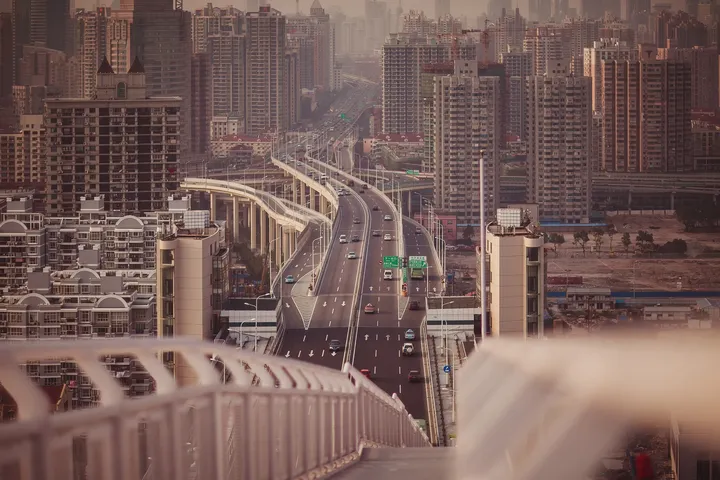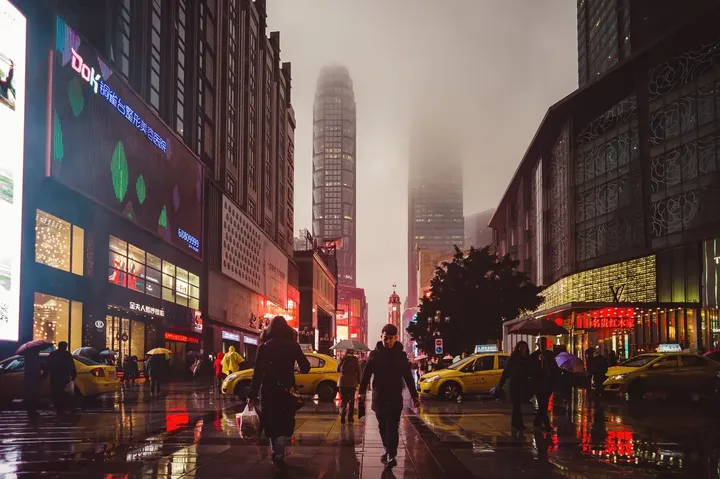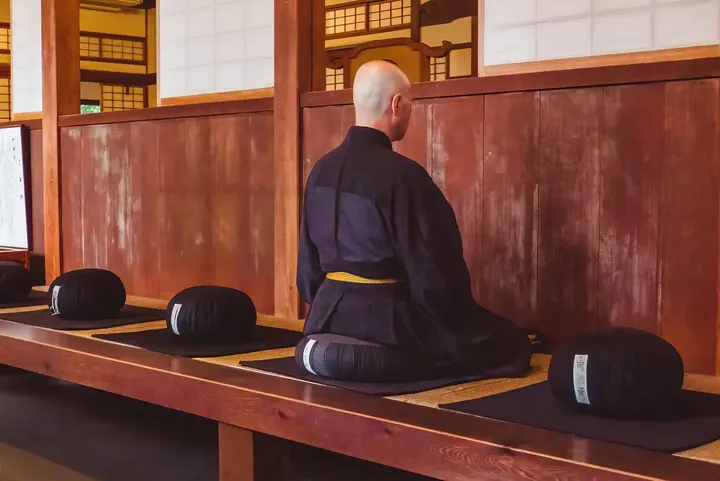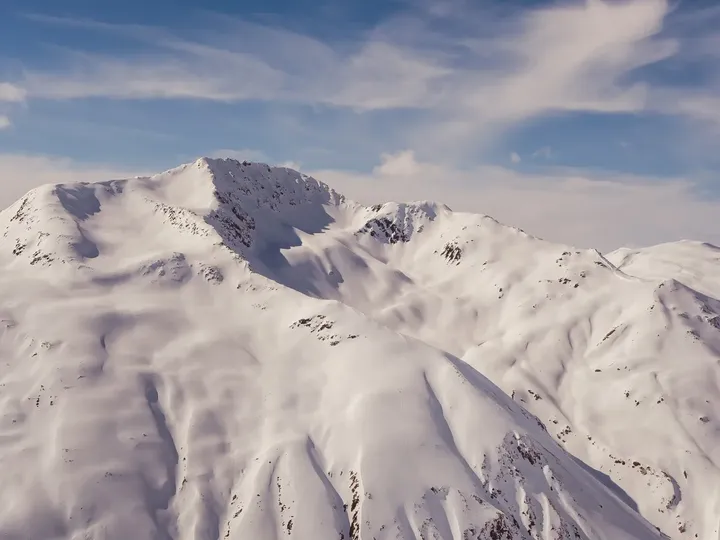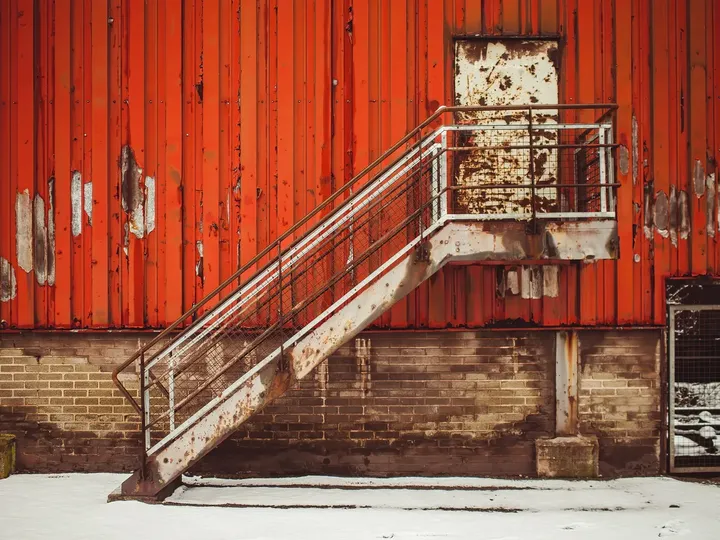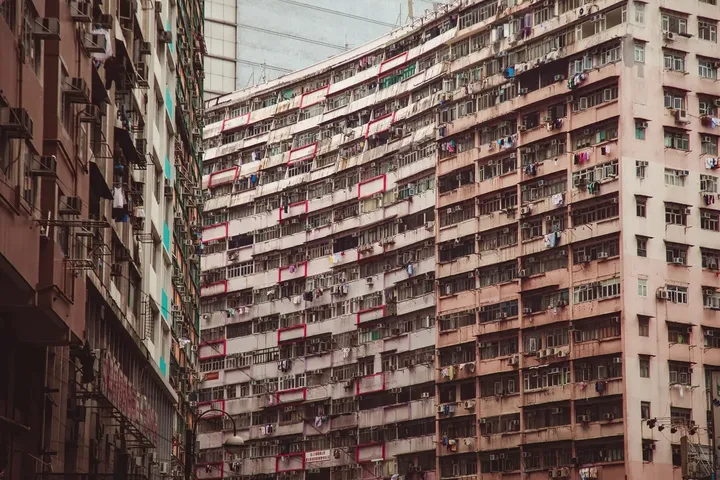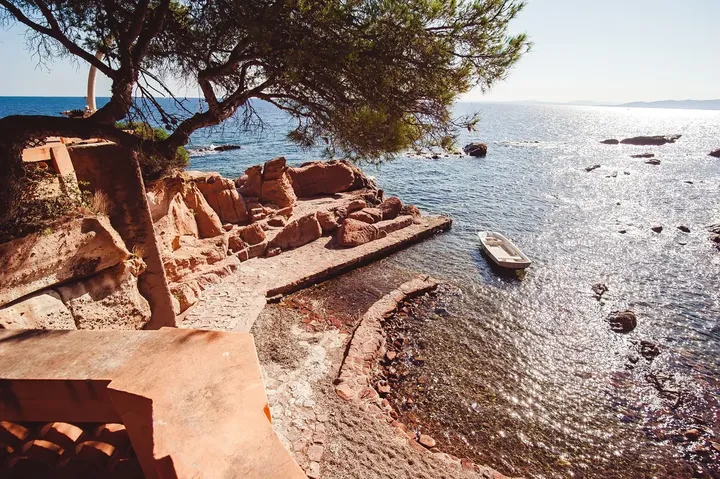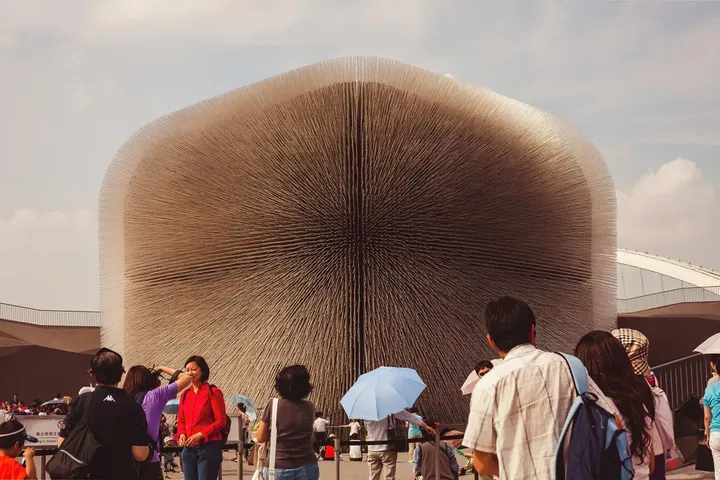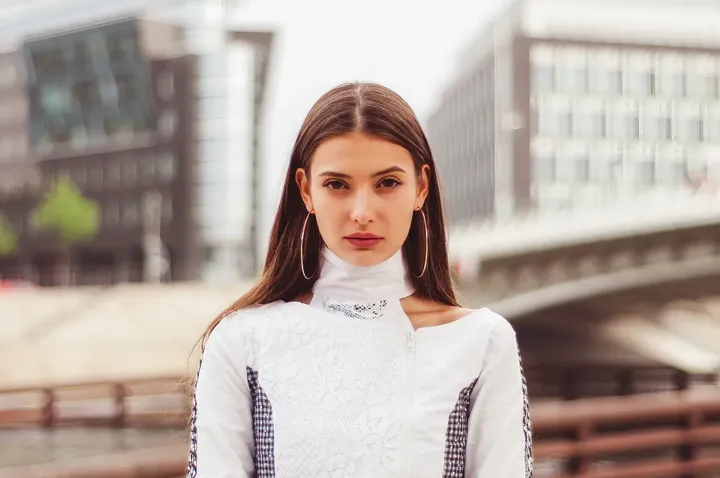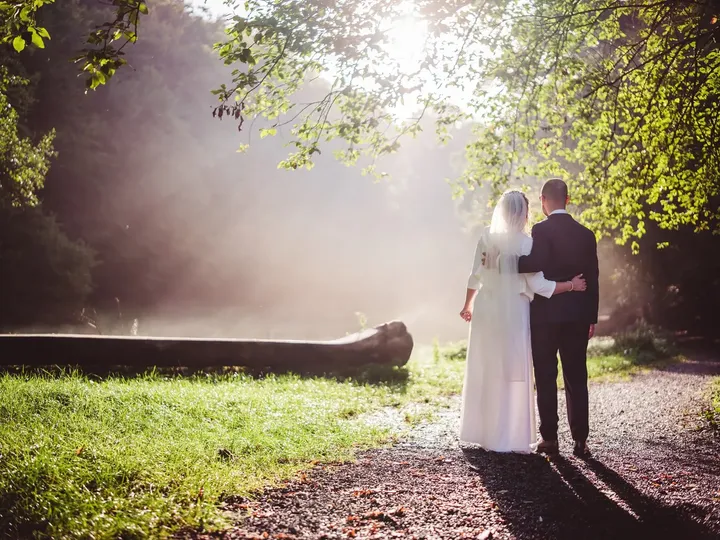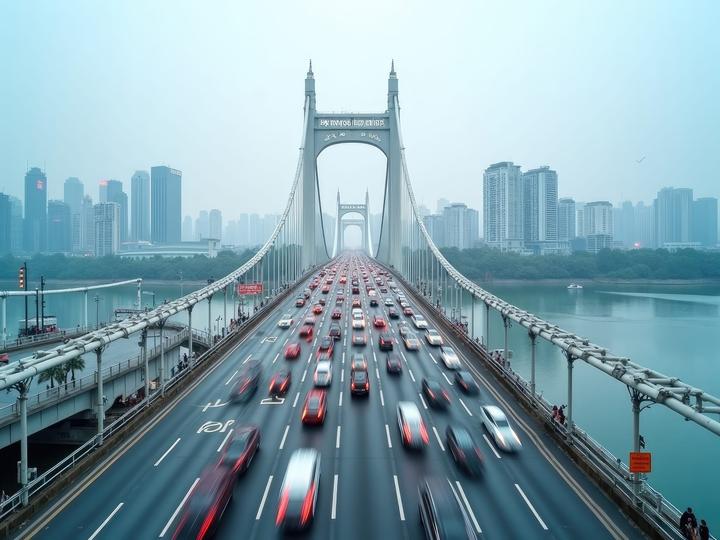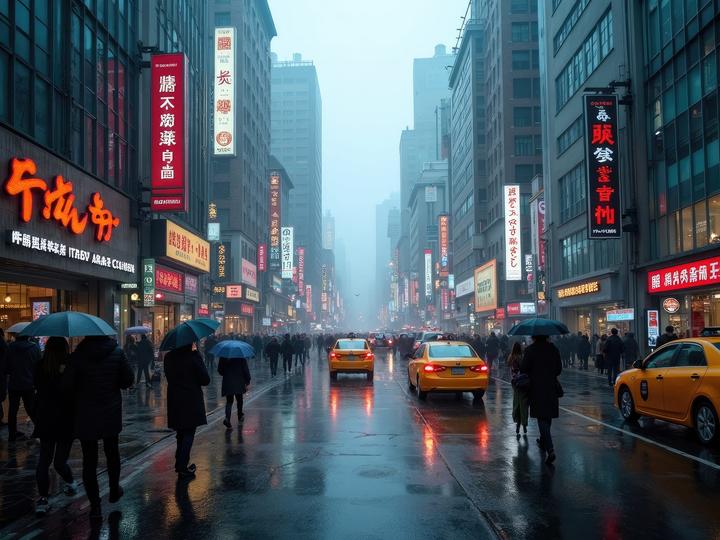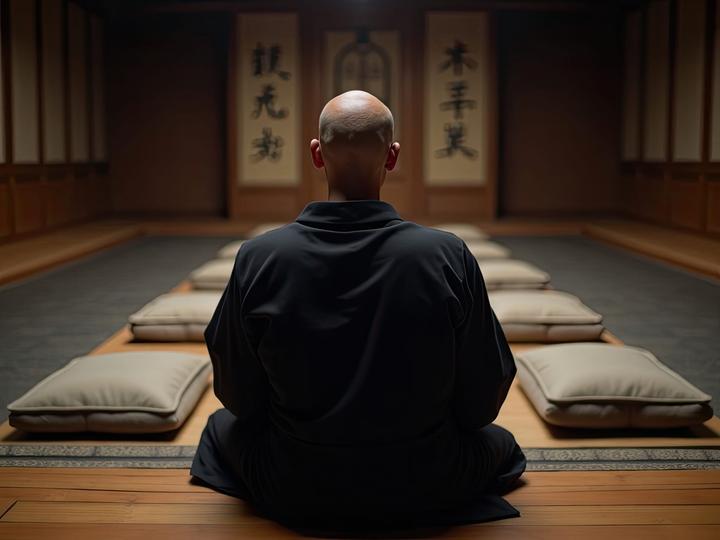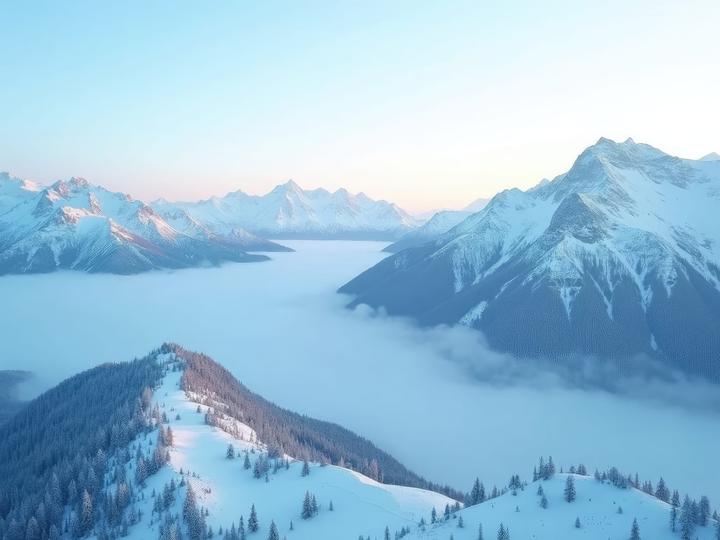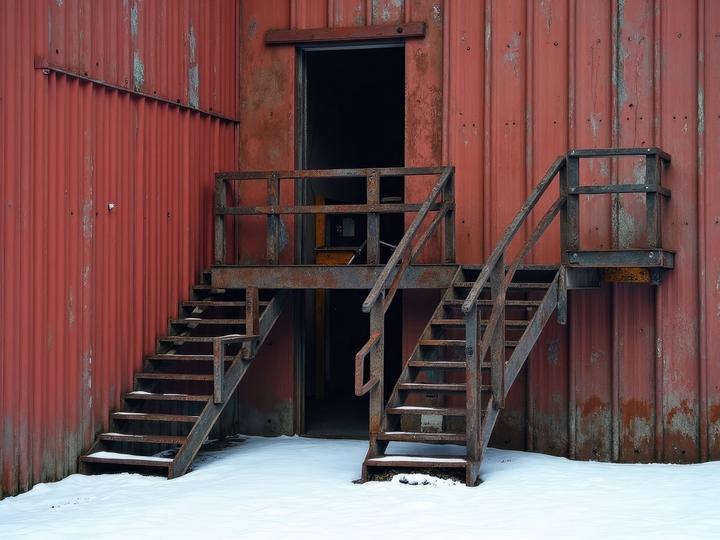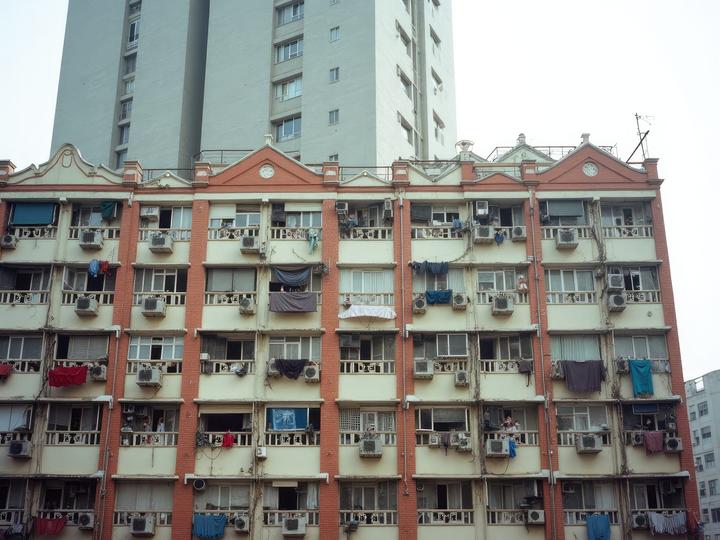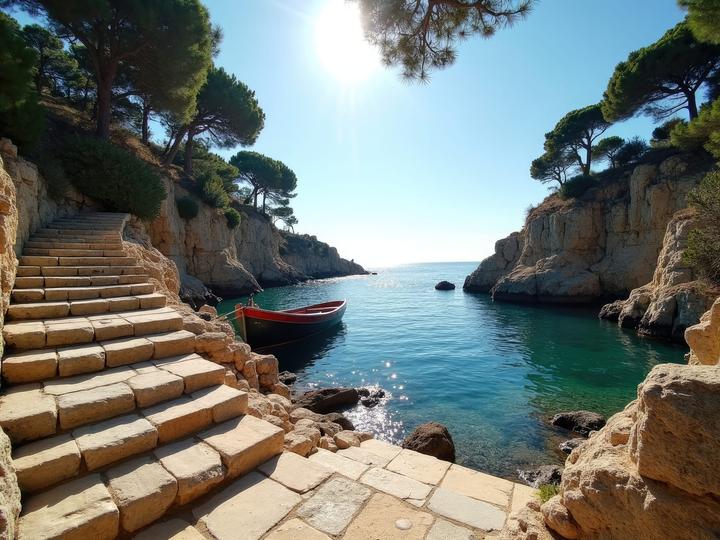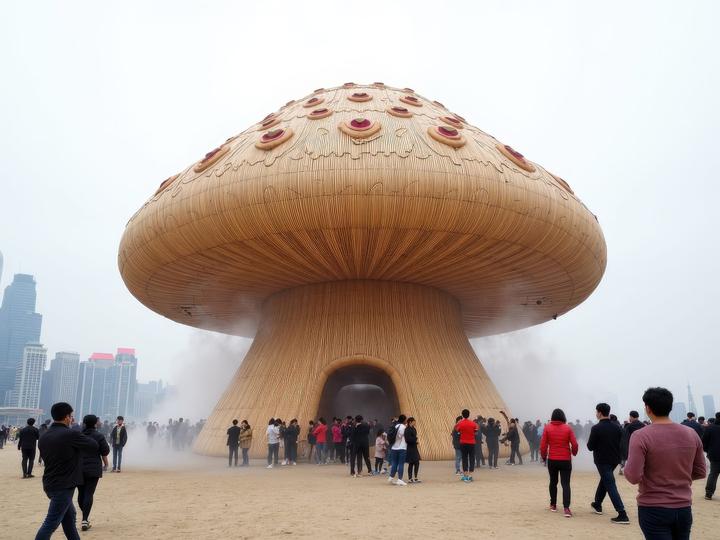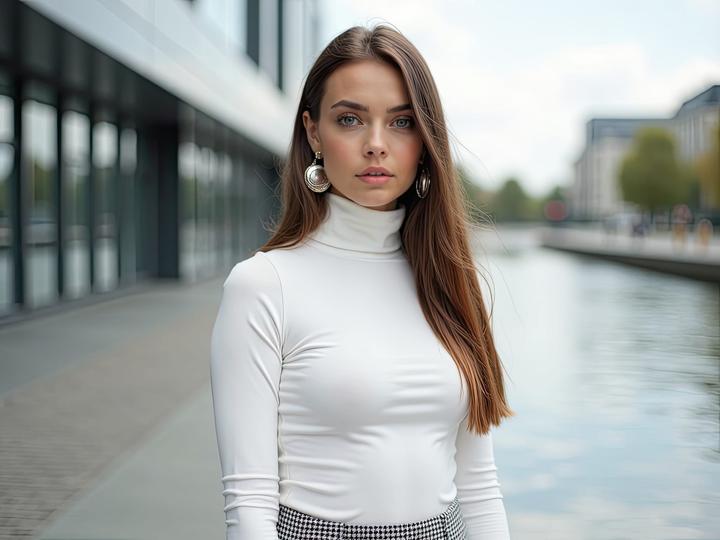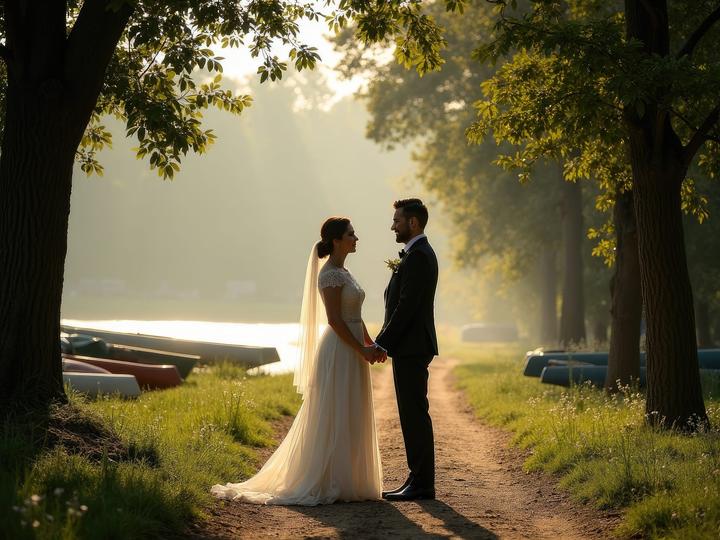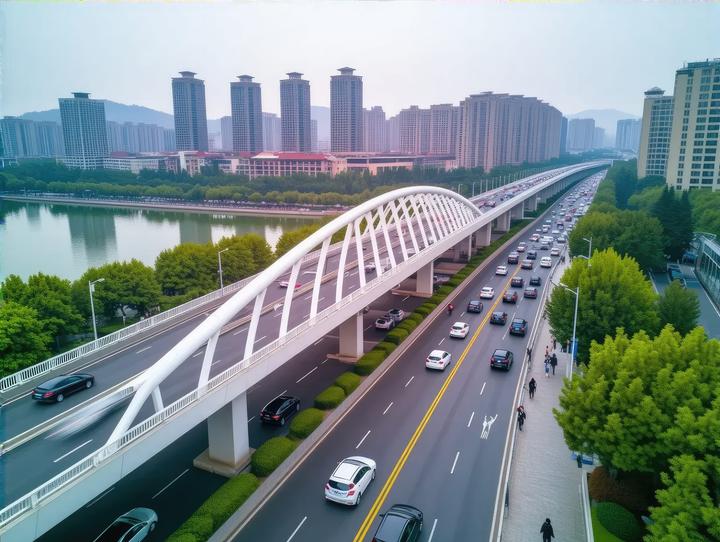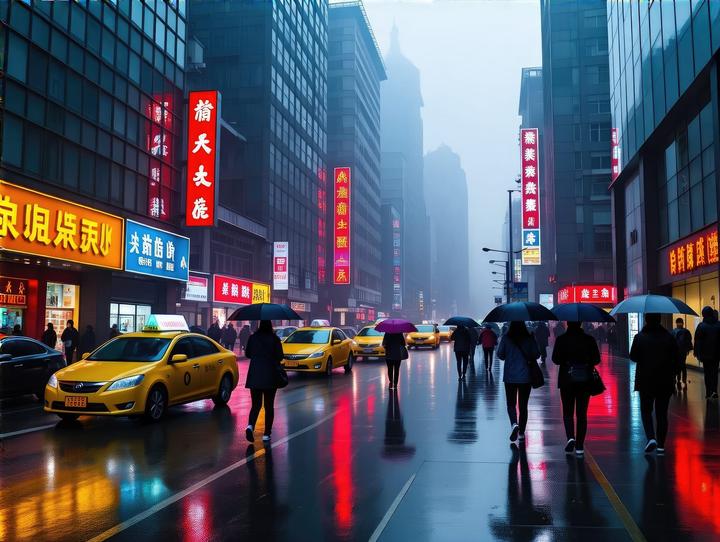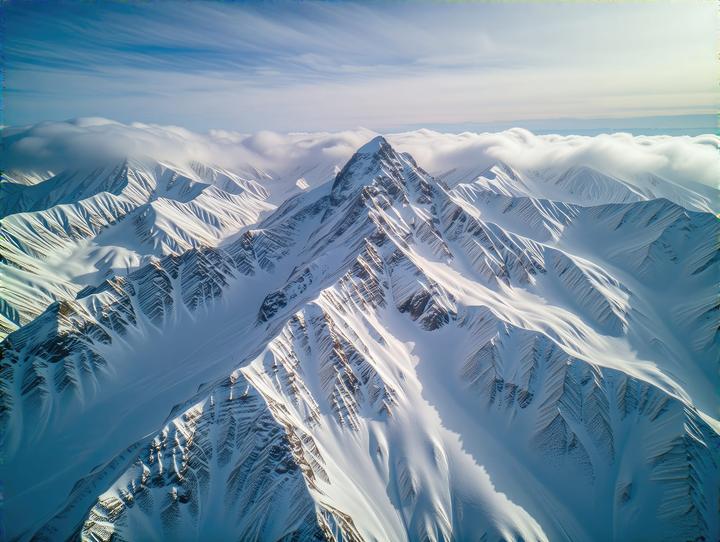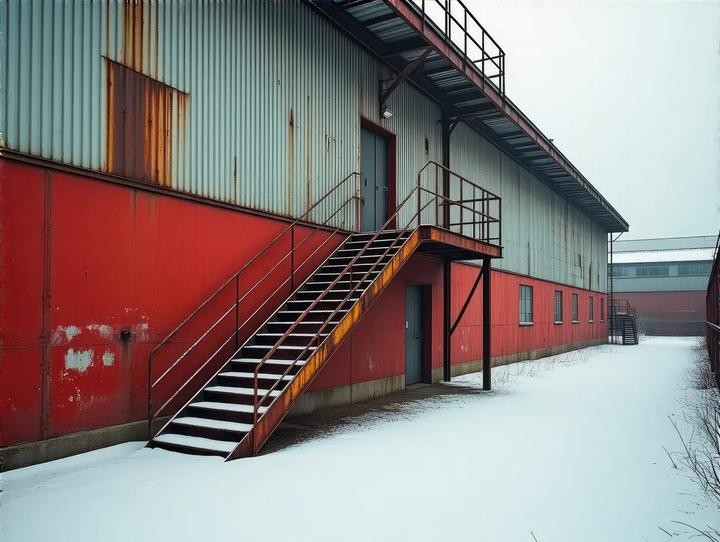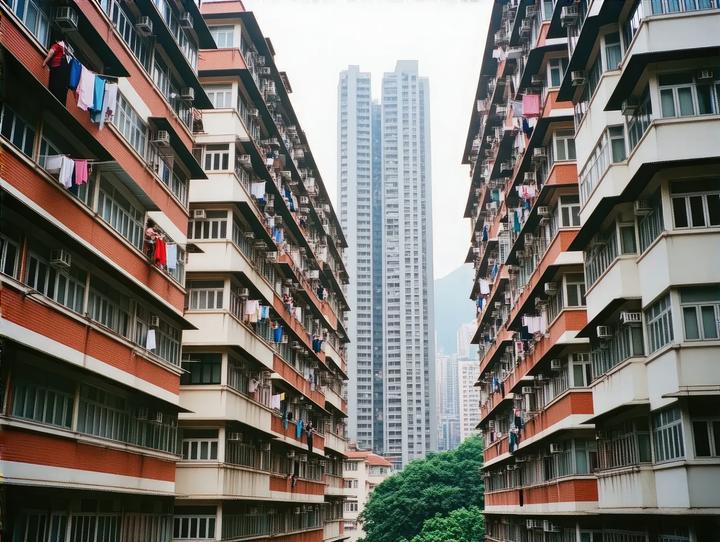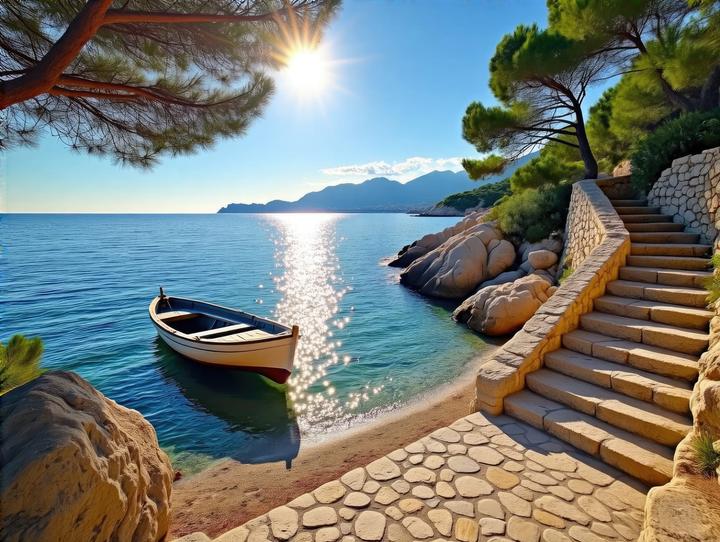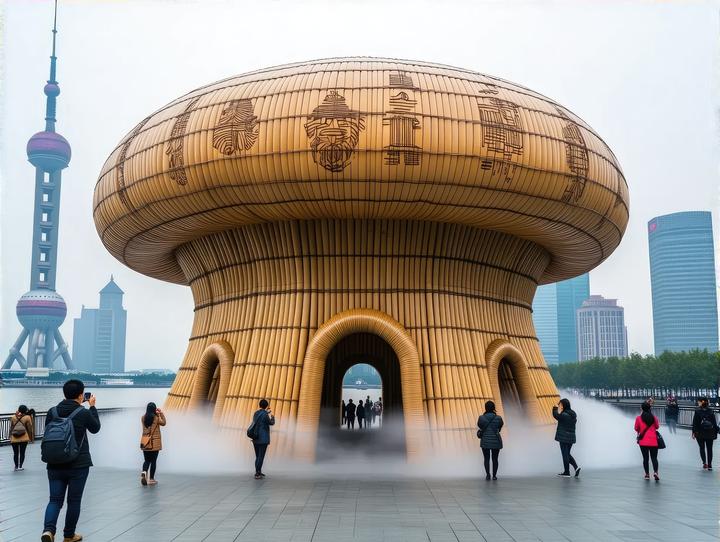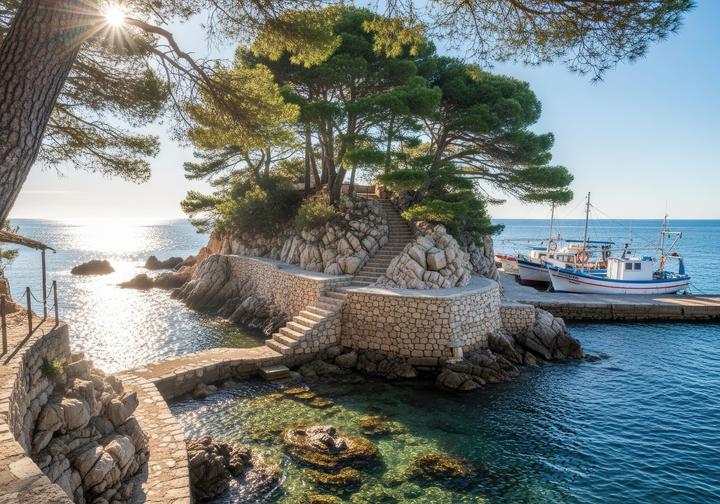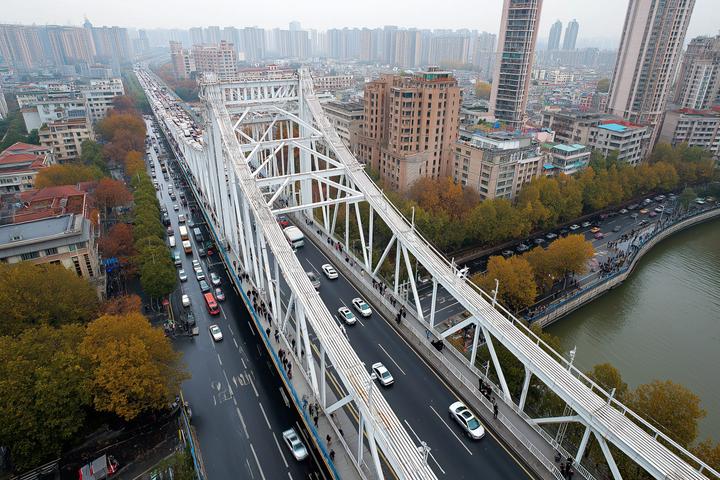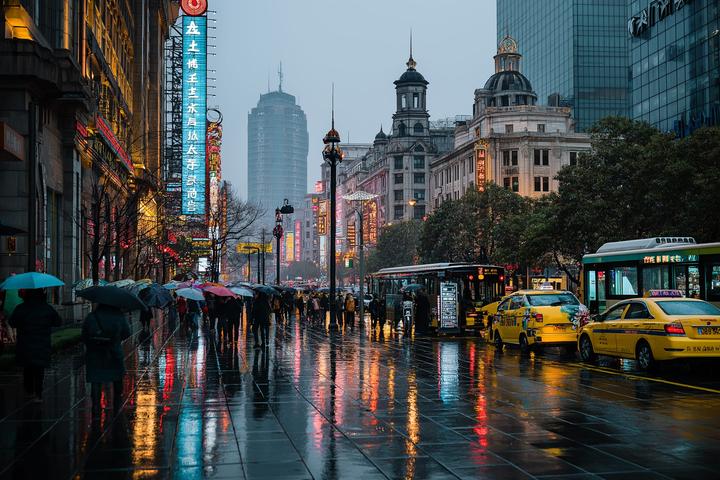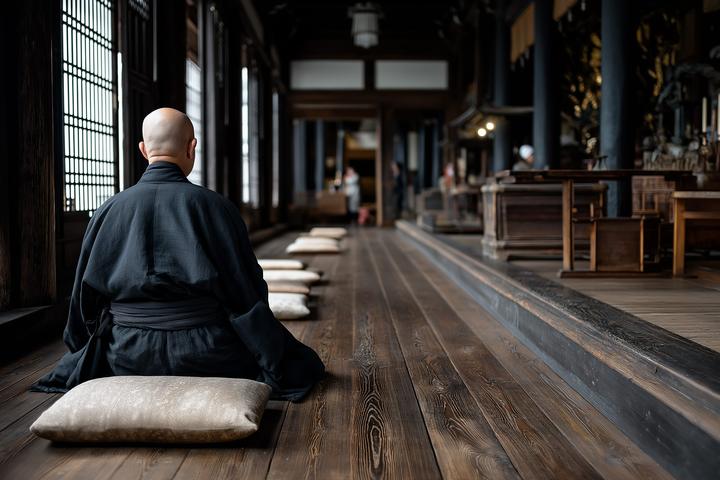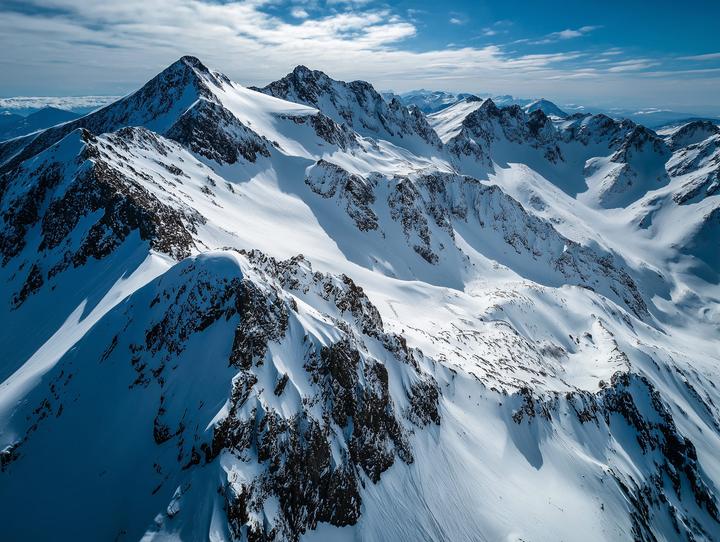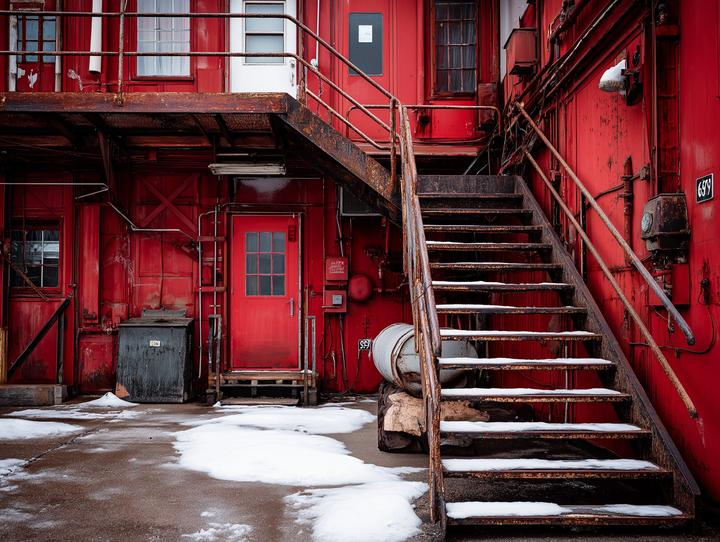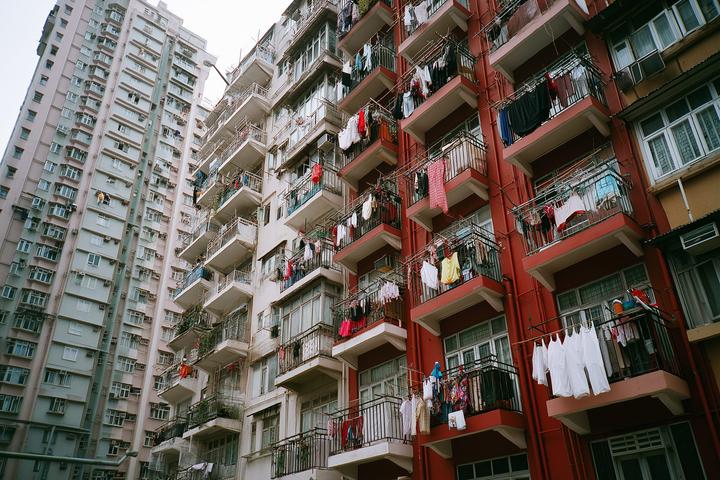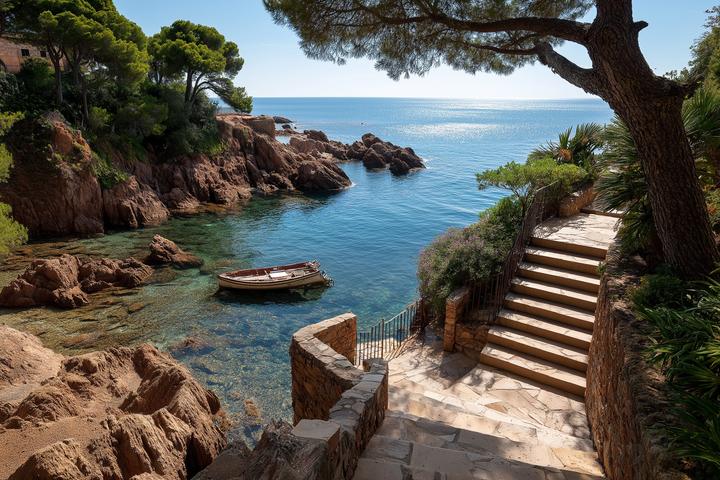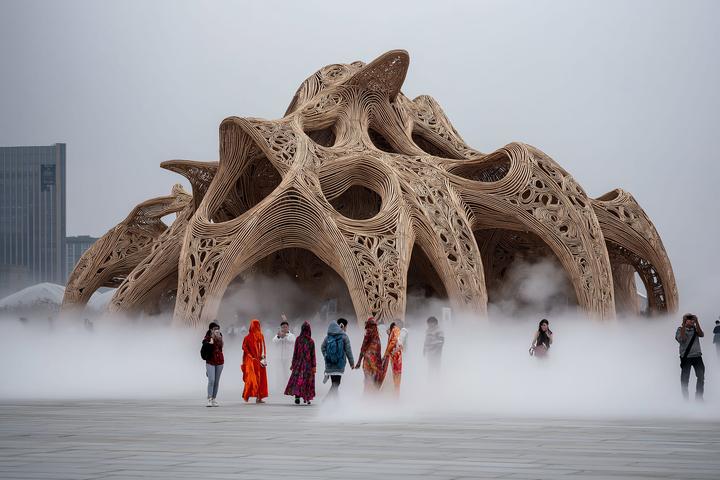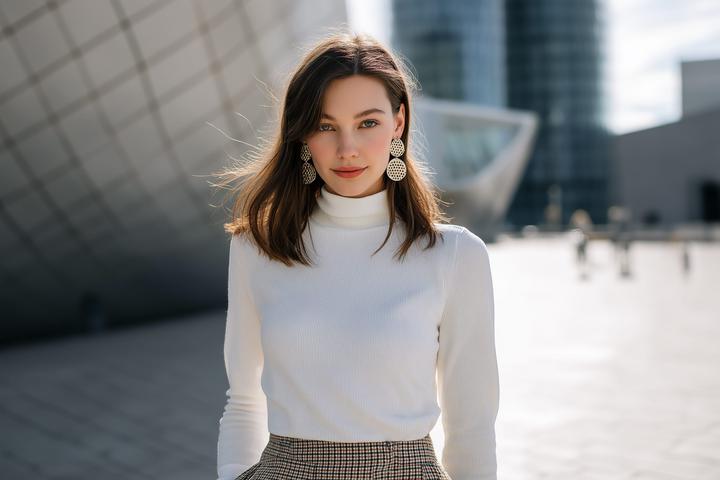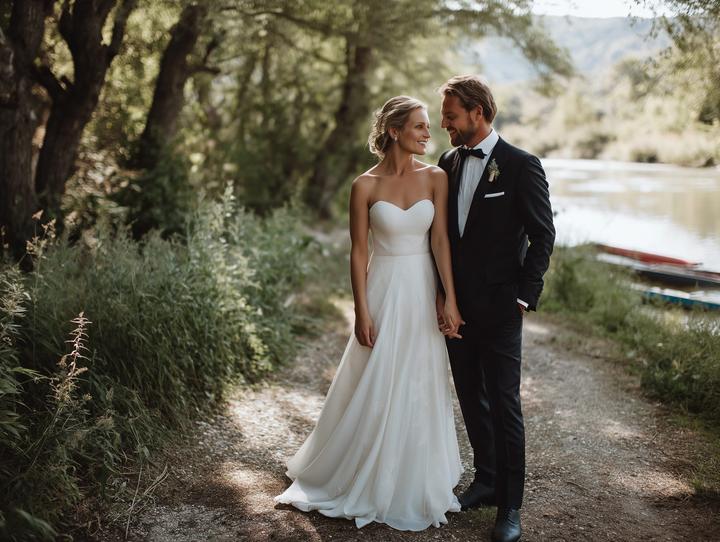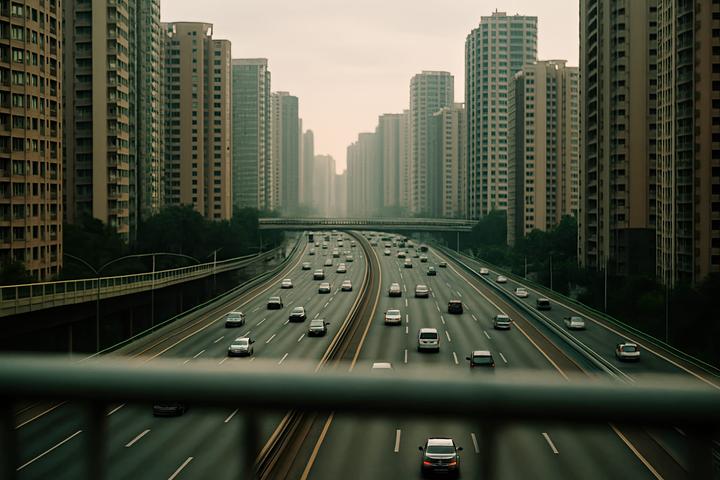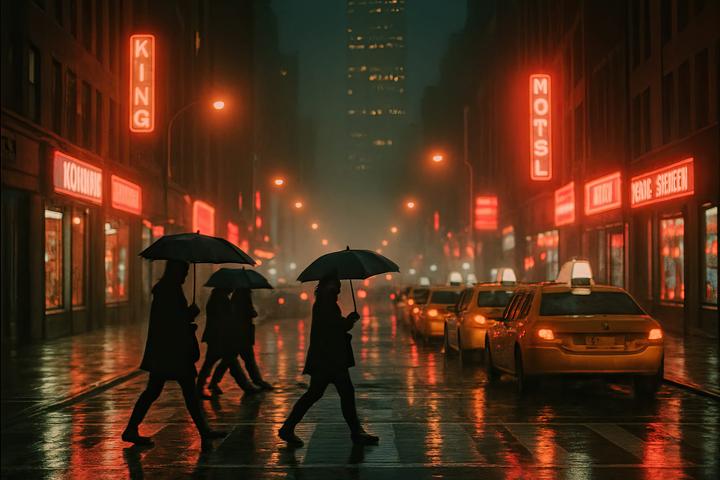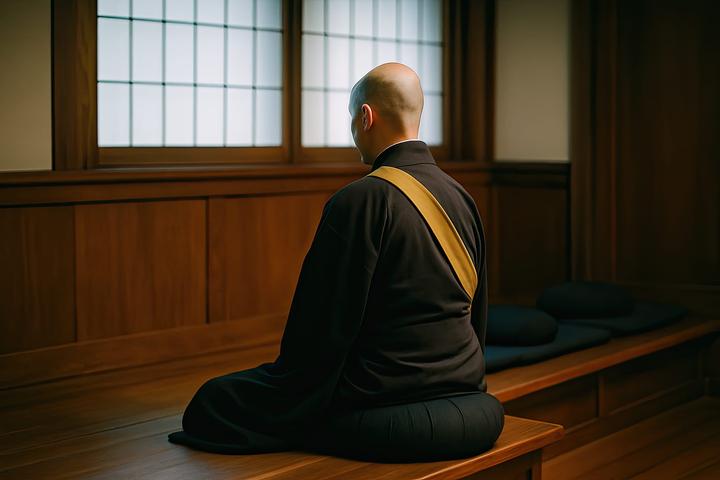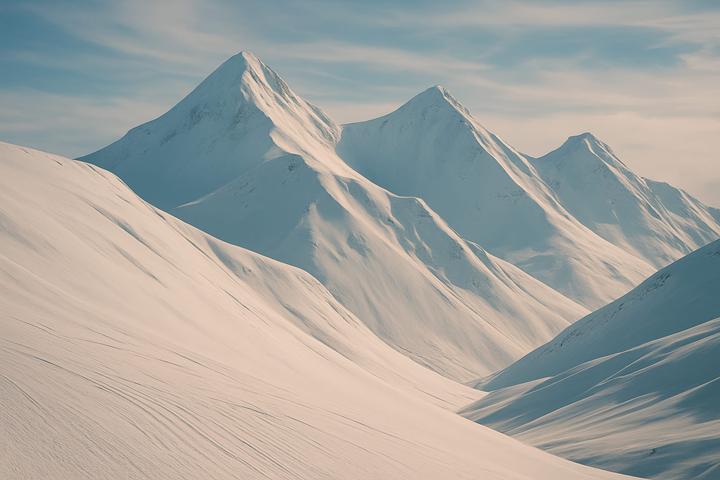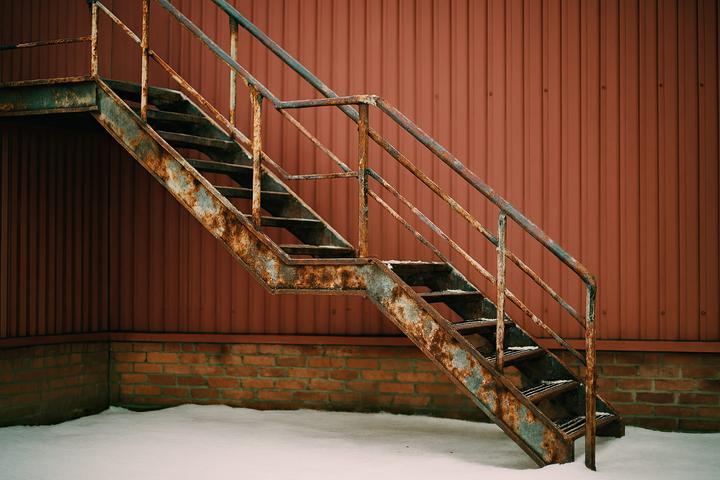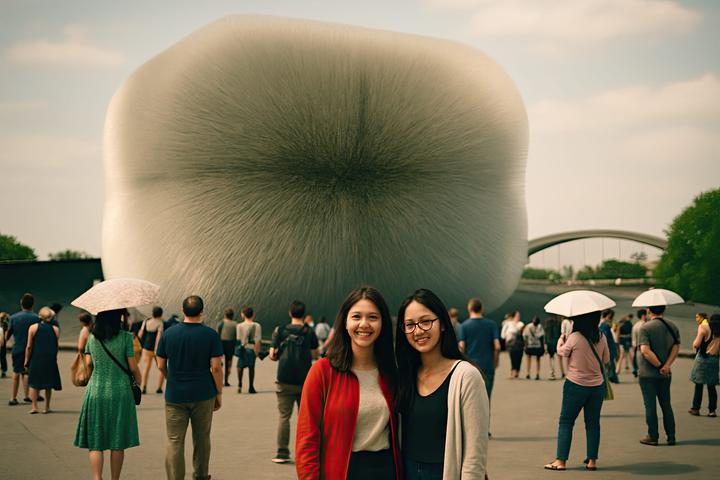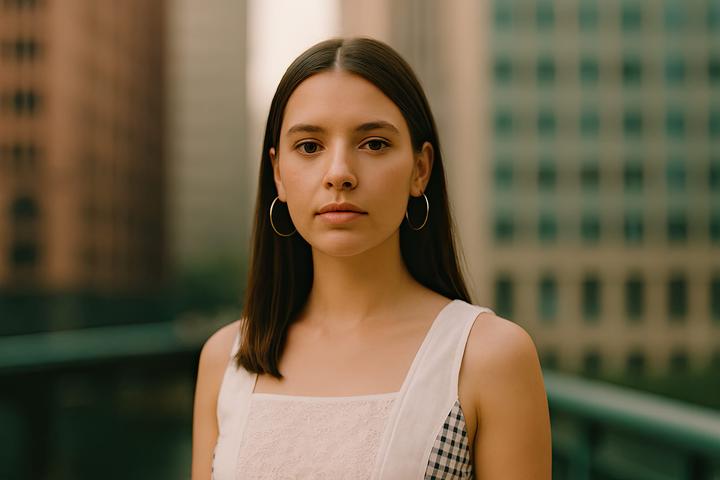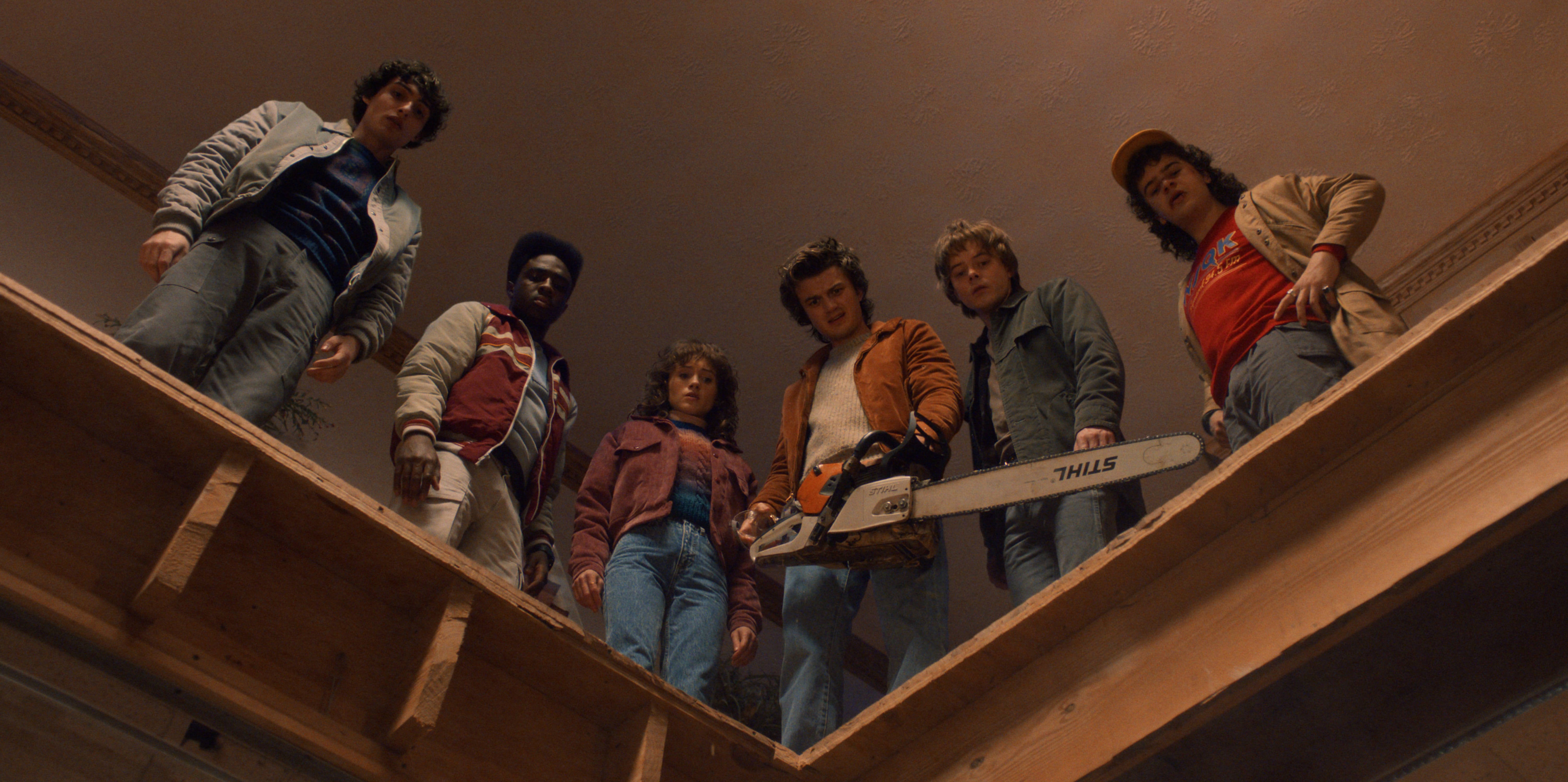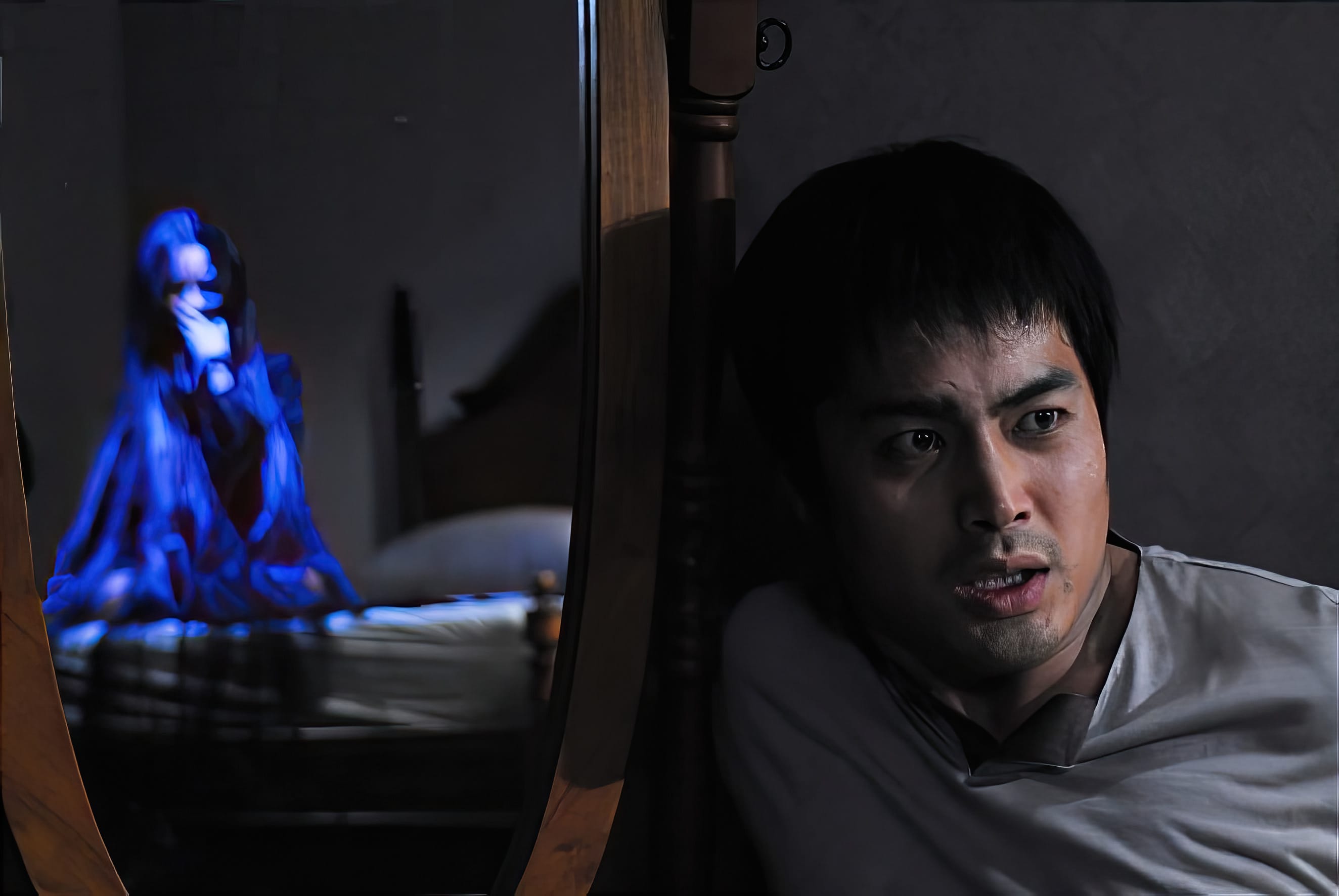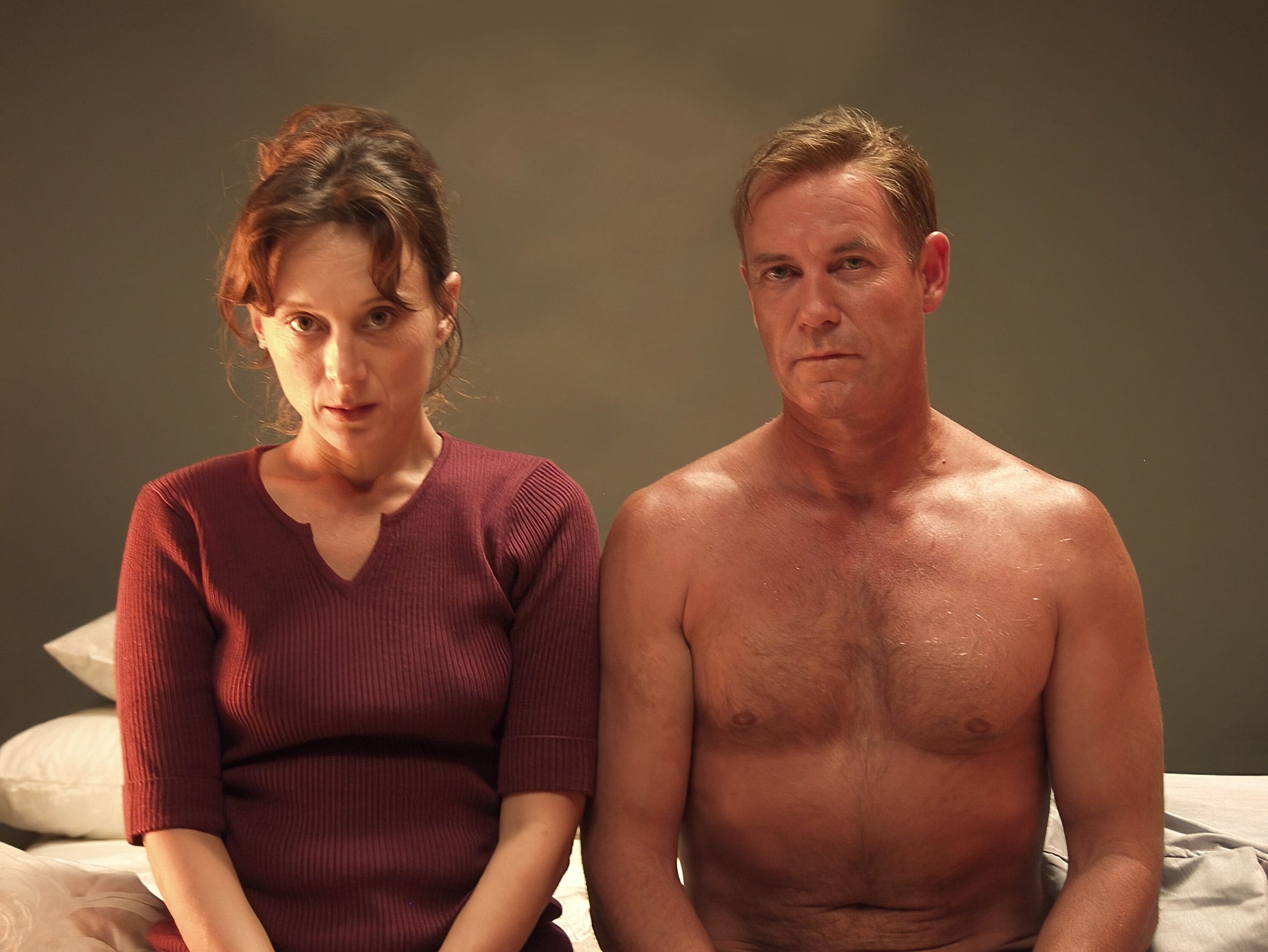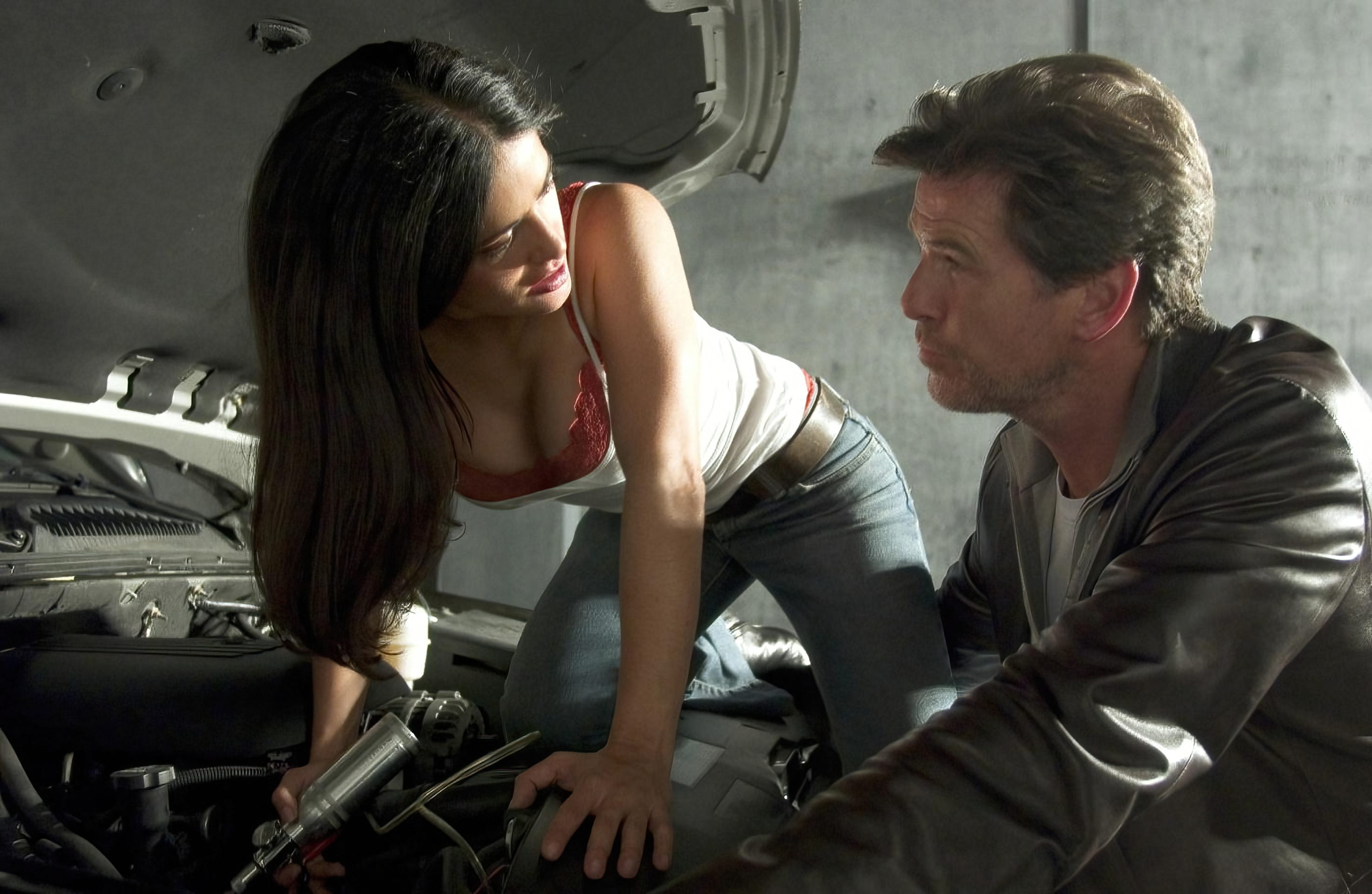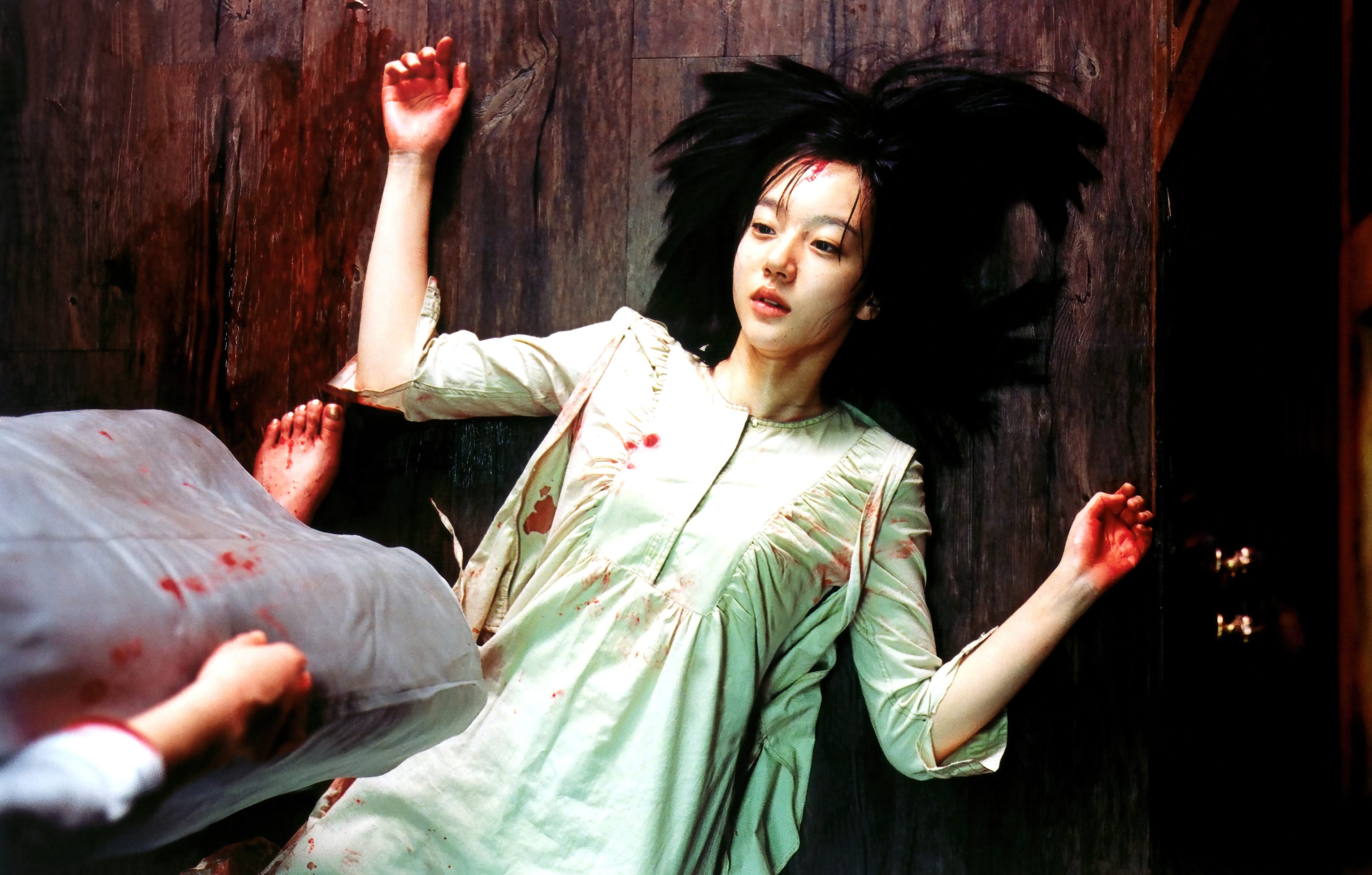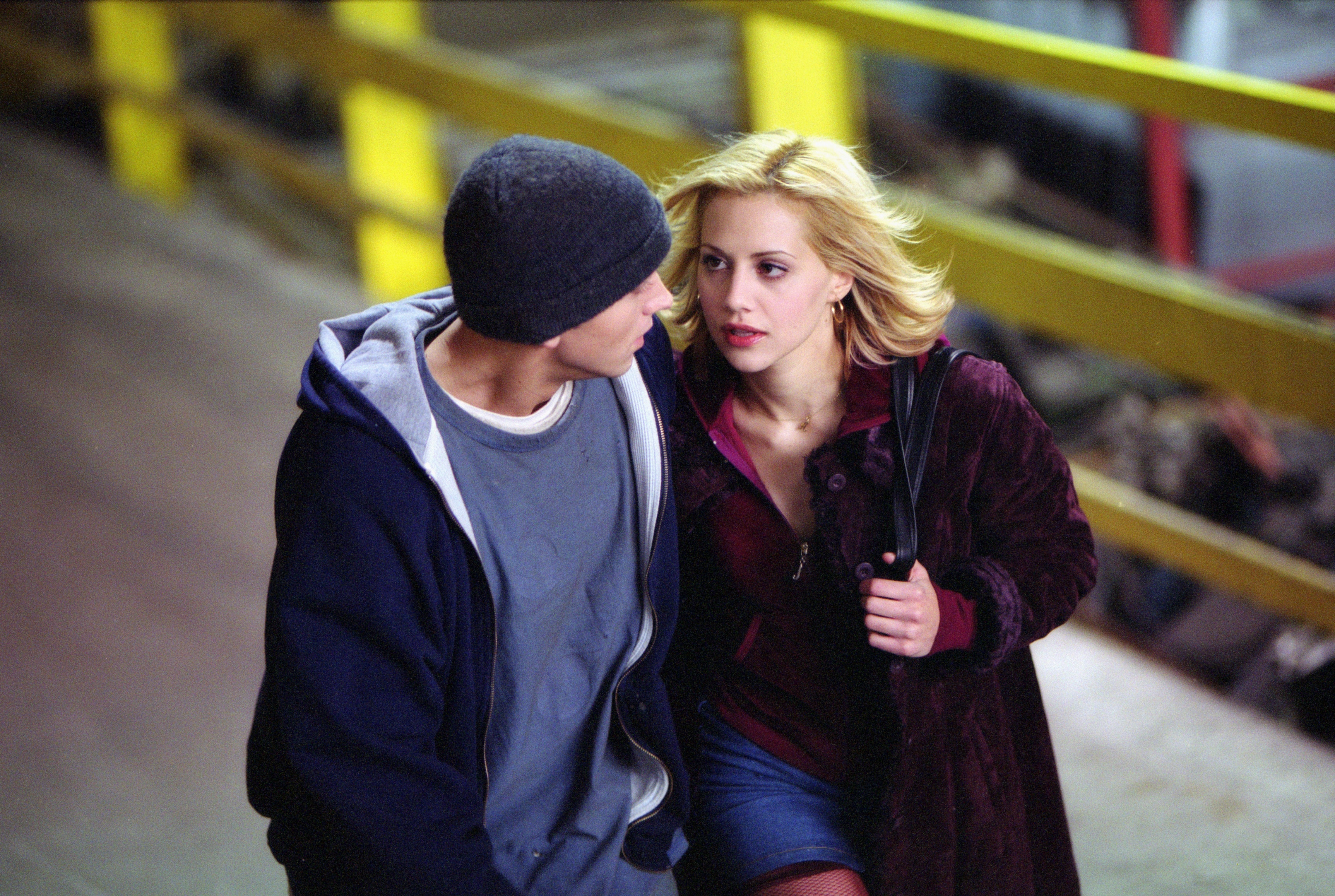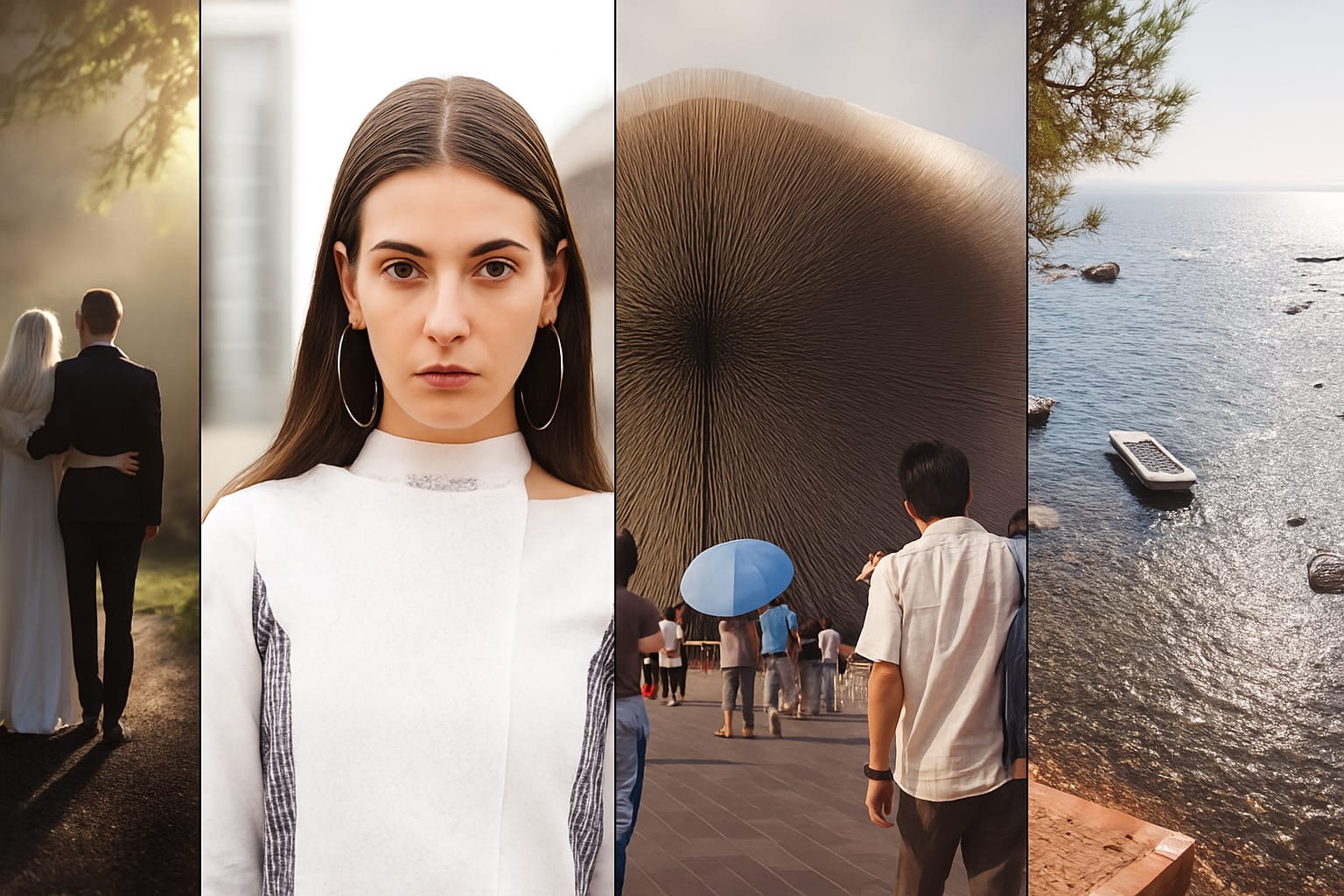
The State of AI Image Generation in August of 2025: FLUX, HiDream, Imagen, MidJourney and Sora Compared
AI image generation has reached a new level in 2025. To see how far the tools have come, I tested five leading models with my own photos: FLUX 1 dev, HiDream I1 Full, Imagen 4, MidJourney V7 and Sora. Here are my original shots, which I had described by ChatGPT and then rendered by the different models. This way, you can compare detail, color and style directly.
As you can see, I chose the images from my page "The lens is the photographers best friend" - feel free to open them there in a new window to avoid having to scroll back up here all the time for comparison.
FLUX 1 dev: Fast and Precise
FLUX 1 dev is a 12-billion-parameter flow transformer designed for sharpness and speed. It uses an attention sampler to keep edges clean and runs on custom GPU kernels that deliver previews in under two seconds. Text rendering and fine lines remain crisp even at higher resolutions.
On the curved apartment block and the elevated highway, FLUX 1 dev stands out with precise beams, railings and building contours. It is the most “technical” of the group, ideal for architecture, signage and structured designs.
HiDream I1 Full: Photorealism with Texture
HiDream I1 Full is an open-source foundation model with 17 billion parameters. It combines a sparse diffusion transformer with a dynamic Mixture-of-Experts system and finishes with a GAN refinement stage. The result is photorealistic output with rich textures and smooth gradients.
On the red sandstone coast and snowy peaks, HiDream shows its strength. Rock layers look natural, snow is shaded with depth, and skies blend seamlessly. It’s slower to generate than FLUX, but if you want nature shots to look authentic, this is the model to beat.
Imagen 4: Google’s Photorealistic Leader
Imagen 4, developed by Google, builds on cascade diffusion with classifier-free guidance and a T5 text encoder. It includes SynthID watermarking for provenance and supports accurate typography, which makes it useful for posters and comics as well as photos.
In the wedding portrait and the city close-up, Imagen 4 excels with lifelike skin tones, balanced contrast and expressive faces. It often feels the closest to a “camera-made” picture. For portraits and people, Imagen 4 delivers some of the most convincing results.
MidJourney V7: Artistic Flair
MidJourney remains the most creative of the bunch. Version 7 refines its CLIP-guided style losses for more consistent generation, while keeping its distinctive look. Users can upscale, make variations, and inpaint directly from its Discord or web interface.
On the rod-based art installation and the neon street scene, MidJourney V7 transforms reality into something more vibrant and expressive. Colors pop, compositions feel stylized, and the results lean toward digital painting rather than strict realism. If you want creativity over accuracy, MidJourney is the choice.
Sora: From Video to Still Images
Sora started as OpenAI’s text-to-video model but also produces still images up to 2048×2048 pixels. It relies on a latent diffusion transformer, adaptive sampling and recaptioning to handle light and consistency. Originally tuned for motion, it carries that knowledge into static imagery.
In the monk’s meditation hall and the rainy night street, Sora handles shadows and highlights with impressive control. Low-light moods feel cinematic and stable. Fine details like leaves and text remain soft, but for atmosphere, Sora captures mood better than any other model.
What the Side-by-Side Shows
By placing my original photo first and then the AI results in the same order every time, you see the differences clearly:
- FLUX 1 dev delivers sharp structure and speed.
- HiDream I1 Full provides photoreal textures and natural scenery.
- Imagen 4 shines in portraits and balanced color.
- MidJourney V7 adds bold, artistic interpretation.
- Sora excels at mood and low-light scenes.
Conclusion
AI image generation in 2025 is no longer about simple “wow” effects. Each model has its niche, and depending on your subject — buildings, landscapes, portraits, creative art or cinematic mood — you choose the right one. By showing originals and AI results side by side, the differences become tangible. This comparison is both a snapshot of the current status quo and a guide for picking the best model for your work.

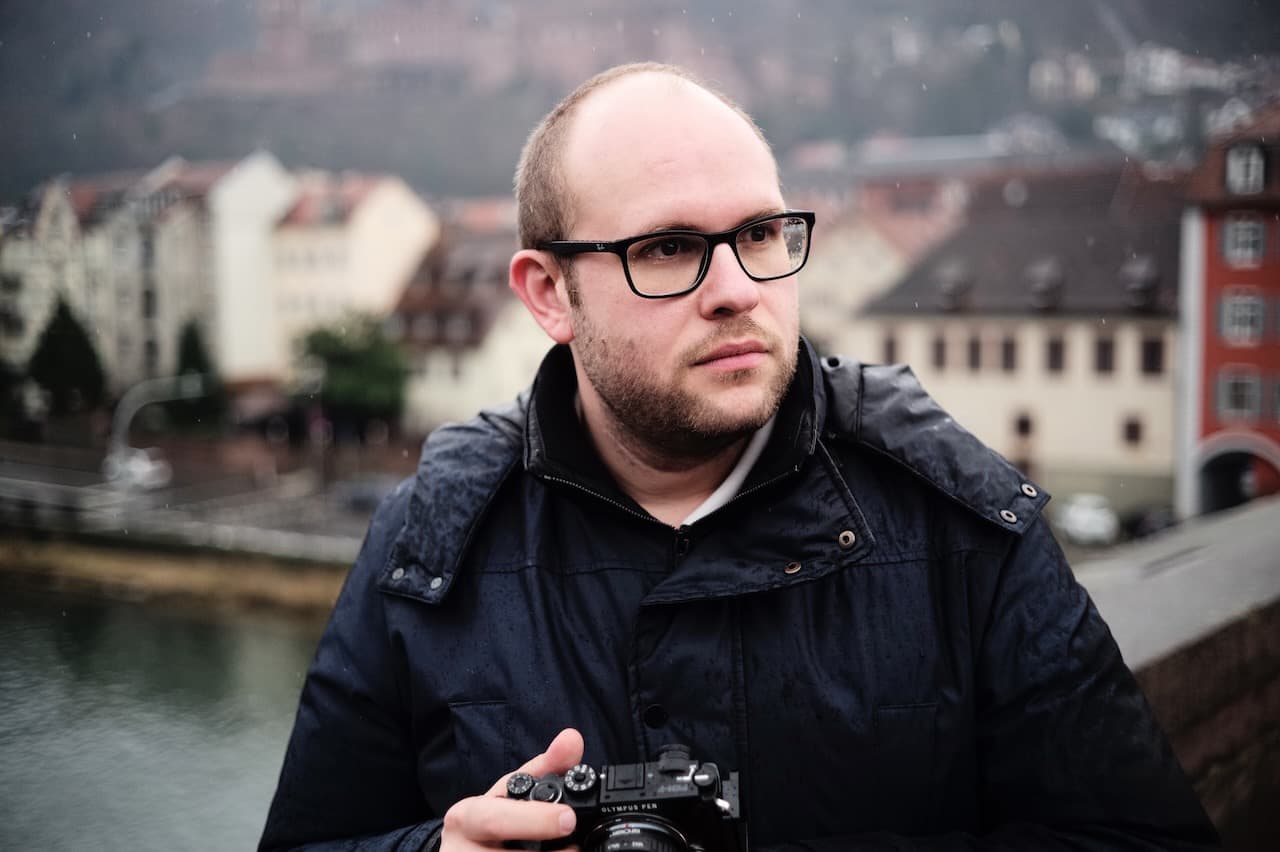 By Jakob Montrasio
By Jakob Montrasio 